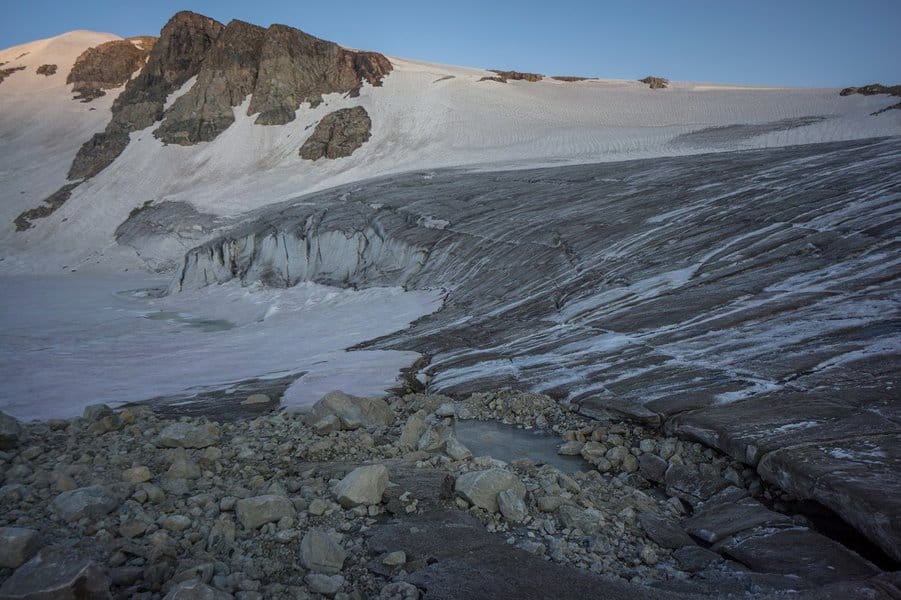
Eric Poulin/Shutterstock
11 Strange and Creepy Things Found in Ice
Exploring the frozen realms of ice, one can encounter a fascinating array of remarkable discoveries. Nature’s icy embrace has preserved a multitude of objects and organisms, offering glimpses into the past and unveiling secrets that were once locked away. Archeologists have found some of the most vital and significant artifacts and objects frozen in ice and snow.
The intense cold temperatures preserved these objects in perfect condition. Many of these items give scientists insight into the Earth’s past and complex history. Explorers have discovered some of the strangest and most fascinating things frozen in time, such as entire bodies and random body parts preserved in ice for centuries, decades-old bottles of alcohol, insects, airplanes, and even underwater lakes hidden beneath the ice.
These icy realms have provided a canvas for nature’s artwork, as well as a time capsule, encapsulating fragments of history and life frozen in time. Step into this realm of frozen enchantment, and embark on a journey through the captivating things found within the icy depths
1. Grasshopper Glacier

Located in the Beartooth Mountains of Custer National Park in Montana is the famous Grasshopper Glacier. It was first discovered in the early 20th century and became world-renowned for the tens of millions of grasshoppers frozen in the glacier. While it’s receded in the last several years, Grasshopper Glacier is more than 11,000 feet above sea level and five miles long.
Many of the grasshoppers and locusts are hundreds and thousands of years old. Some are even members of an extinct species that died off 200 years ago. Most theories suggest the grasshoppers traveled in a large swarm when caught in a snowstorm, died, and became entombed in the glacier. Two other glaciers in the area contain millions of dead grasshoppers, Hopper Glacier and a second Grasshopper Glacier.
2. Century Old Whiskey
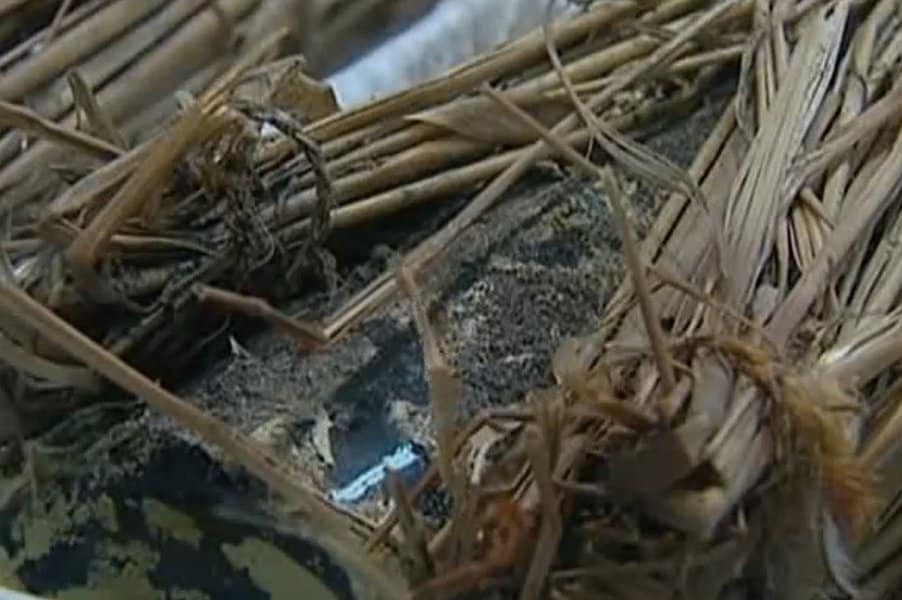
Explorer Ernest Shackleton was one of the key figures in the Heroic Age of Antarctic Exploration. Shackelton dreamed of being the first to reach the South Pole but lost that race to Roald Amundsen, although that didn’t stop him from exploring the icy region. One of his most heroic acts occurred after his ship, the Endurance, became stuck in the ice. He saved each crew member with bravery, quick thinking, and strong leadership.
On another trip in 1909, Shackleton left behind three cases of scotch and two cases of brandy. He intended to enjoy the alcohol on his return. Sadly, Shackleton never got the chance, as he died of a heart attack on his return voyage to Antarctica in 1921. Almost 100 years later, in 2010, workers in the Antarctic found Shackleton’s bottles of alcohol frozen in the ice, aged to perfection.
3. Word War I Battlefield
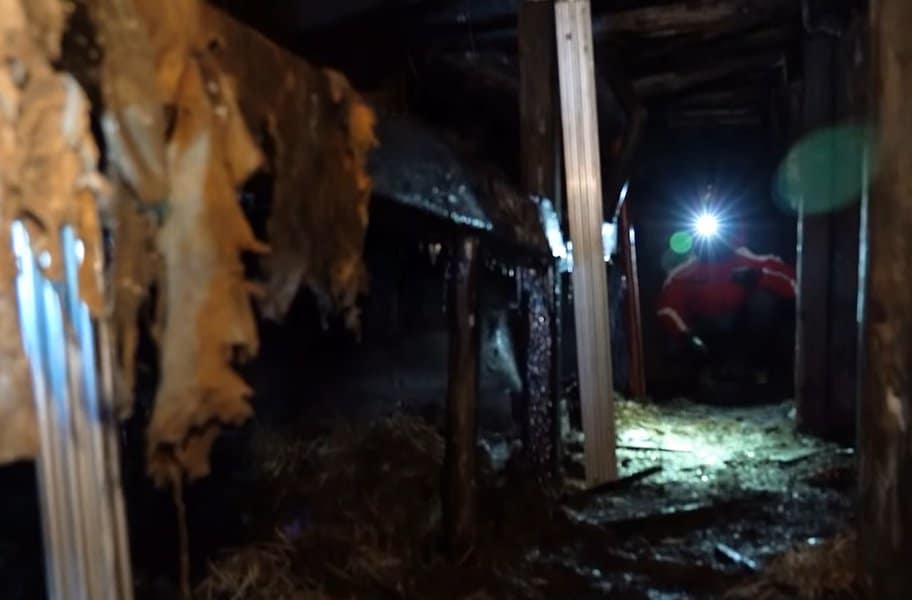
Global warming began melting the glaciers near Peio in Northern Italy in the early 1990s. During World War I, the site was the location of the White War. Hundreds of soldiers died in the mountains due to avalanches and the freezing temperatures. As the snow melted, letters, diaries, photographs, newspaper clippings, and other artifacts flowed from the ice.
Eventually, the bodies of the soldiers buried beneath the ice began to appear. Archeologists discovered a cabin frozen beneath the snow containing weapons, gear, and ammo. In 2004, they found the bodies of additional soldiers on the mountainside.
4. Ancient Bacteria and Viruses
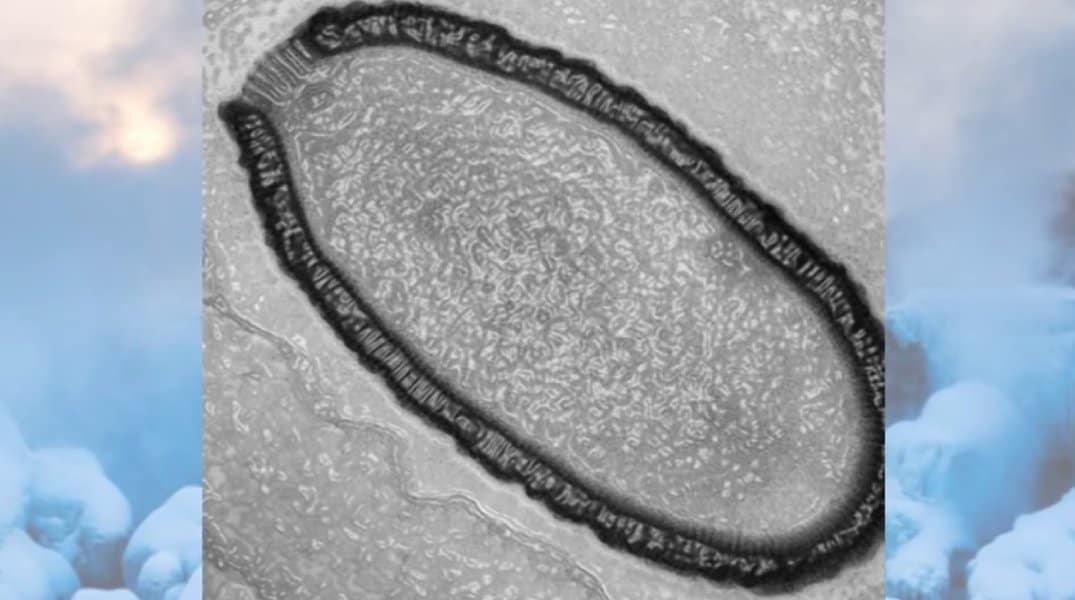
Permafrost lies beneath roughly 15% of the Northern Hemisphere. It’s a layer of soil, rock, and sand held into place by ancient ice. In 1999, scientists discovered ancient bacteria and viruses in the ice around Greenland that were roughly 140,000 years old.
In 2014, scientists found two 30,000-year-old giant viruses in the Siberian permafrost. There was initially some concern that birds and fish could bring the viruses into contact with humans. However, these viruses and bacteria rarely survive the thawing-out process. At this point, these ancient viruses are not a threat to humans.
5. Lake Vostok
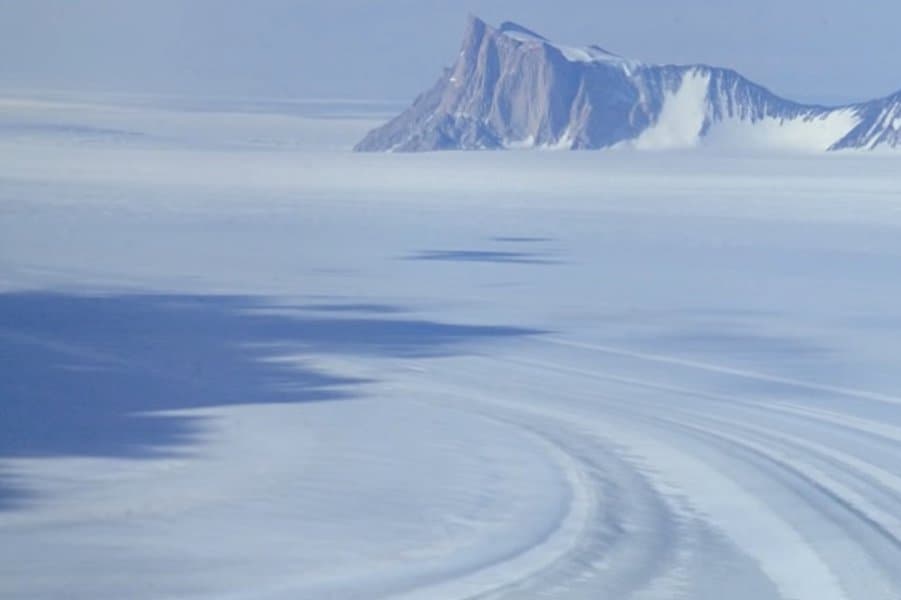
In the late 1950s, the Soviet Union established the Vostok Station at the Pole of Cold on Princess Elizabeth Land in Antarctica. As researchers checked the thickness of the ice, they were shocked to discover Lake Vostok 13,000 feet below the ice’s surface.
Russian scientists believe the lake was isolated roughly 15 to 25 million years ago. With the thick Antarctic ice sheet covering the lake, it remained untouched for centuries. Research on the ice and lake provided scientists with insight into the Earth’s history. Evidence also suggests the moons of Saturn and Jupiter might have similar lakes buried under ancient sheets of ice.
See more about - 15 Amazing Titanic Artifacts Found In The Ship’s Wreckage
6. Meteorite
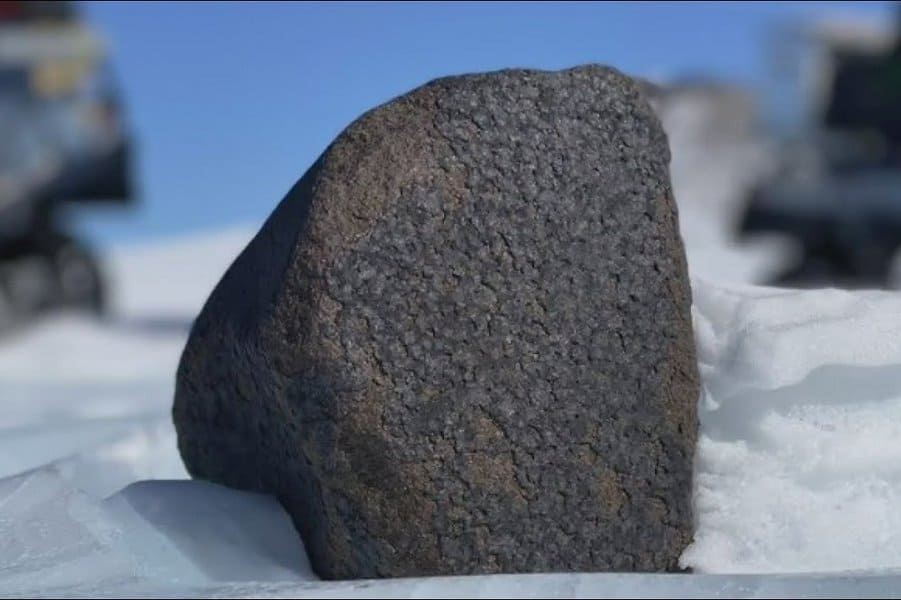
In 2021, research assistant Matthias van Ginneken was working at the Belgian Princess Elisabeth Antarctica Station when he made a shocking discovery. He discovered 13 dark black particles at the Sør Rondane Mountains, Queen Maud Land, in East Antarctica. The scientist soon realized it was pieces of a meteorite. They theorized that the meteorite was barreling toward Earth roughly 430,000 years ago and exploded in the sky above East Antarctica when it entered the atmosphere.
Earlier in 2015, NASA scientists found a small meteorite that fell to Earth 13 years earlier, landing in the icy cold Antarctica. Evidence suggests the object contained microbes from Mars.
7. Reindeer
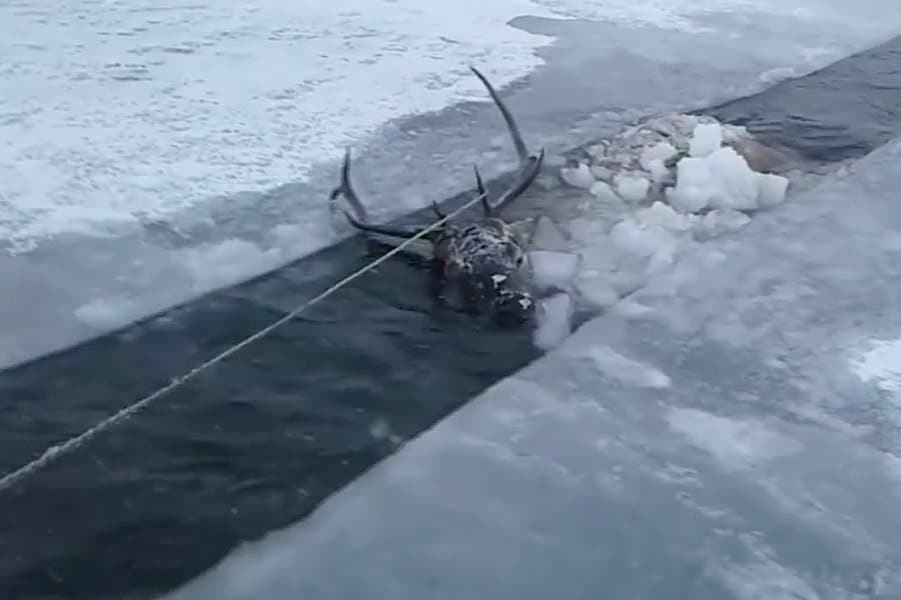
Climate change and global warming have revealed frozen and dead animals from decades ago. These preserved bodies give excellent insight into animals of the past and extinct species. Over 75 years ago, anthrax broke out in Western Serbia, infecting the people and the reindeer. Somehow, one of the infected reindeer became frozen in ice and snow for decades.
In 2016, global warming caused a heat wave to sweep through Serbia, thawing out the carcass of the infected reindeer. The dormant anthrax sprung to life, killing a large portion of reindeer, a young boy, and infecting the local village. It’s one of the rare times that a dormant virus reactivated after the thawing process.
8. Ötzi the Iceman
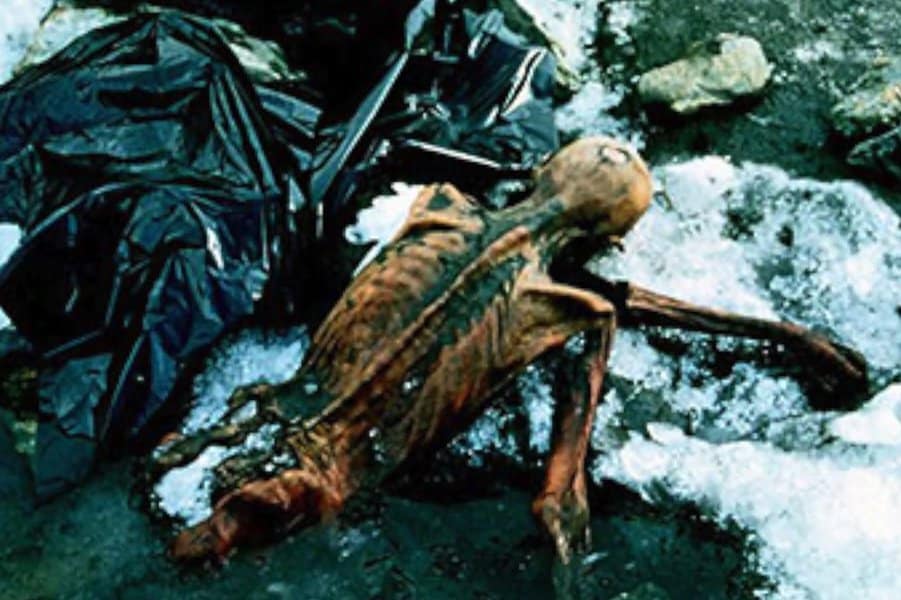
On September 19, 1991, two German tourists discovered a frozen body in the Ötztal Alps near the Austrian and Italian border. The tourist assumed he was a recently deceased mountain climber. Better known as Ötzi the Iceman, scientists soon realized he was a natural mummy who lived between 3350 and 3105 BC.
His remains gave researchers insight into the Copper Age of Europe. The ice and snow preserved his body for thousands of years, making Ötztal Europe’s oldest natural mummy. Evidence suggests that he was a victim of murder due to the presence of several wounds and an arrowhead embedded in his shoulder. His life and the circumstances surrounding his death remain among the most significant European mysteries.
9. A Frozen Fish in the Middle of Eating Another Fish
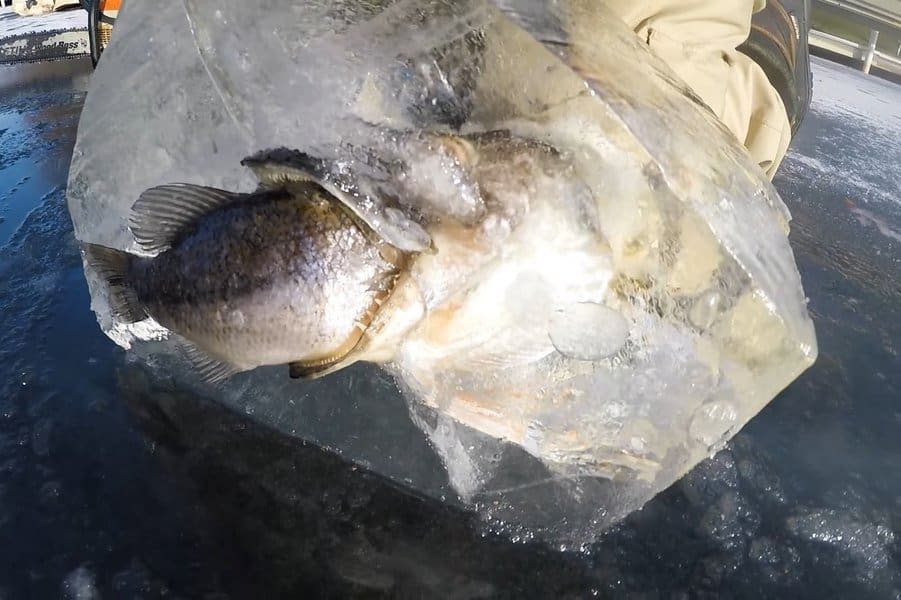
The freezing of an animal, insect, or fish can happen at any moment when the temperature suddenly drops and everything begins to freeze. This is what happened when two brothers went fishing on Wawasee Lake in Indiana a few years ago after a cold snap. They made a startling, bizarre, and mysterious discovery. The two lads found a pike frozen in the ice of the lake. In most cases, a frozen fish isn’t a big deal. However, the pike died in the middle of eating a bass.
It’s an odd sight to witness, with the most probable theory suggesting the pike choked on the bass, died, and was frozen in time, the two fish entwined together forever. At first, nobody believed the two brothers on social media. Most assumed it must be a special effect or a joke, but they released graphic footage of them cutting the pike and half-eaten bass out of the ice, much to the surprise of their followers.
10. Gamburtsev Mountain Range

Scientists made some of the planet’s most vital discoveries in the Antarctic. The freezing temperatures, thick ice, and heavy snow hide some of the region’s most stunning sights. Roughly 50 years ago, scientists discovered the Gamburtsev Mountains hidden under a mile of ice and snow. The conditions make examining and understanding the mysterious mountain range nearly impossible.
Based on the limited evidence, the mountain peaks reach up to 10,000 feet high, covering 750 miles. In the 2000s, technology allowed scientists to look at the mountains better. They detected rocks that were billions of years old. That would put the formation of the mountains sometime around 100 to 250 million years ago. That would mean the mountain range formed during the age of the dinosaurs, which is incredible to think about.
11. Box of Gemstones

On January 24, 1966, Air India Flight 101 crashed into Mont Blanc in France, killing 117 people, including the head of the Indian Nuclear program, Dr. Homi Bhabha. Since the crash, most of the wreckage has remained on Mount Blanc. Climbers often find remnants of the plane, including the engine, parts, and Indian newspapers from 1966.
In 2013, an anonymous mountaineer discovered a small metal box with a distinct Air India logo on the side. The climber promptly turned over the box to the local authorities. They found roughly $300,000 worth of emeralds, sapphires, and rubies inside. When they couldn’t find the box owner’s family, the local town and mountaineer split the items in 2021.
